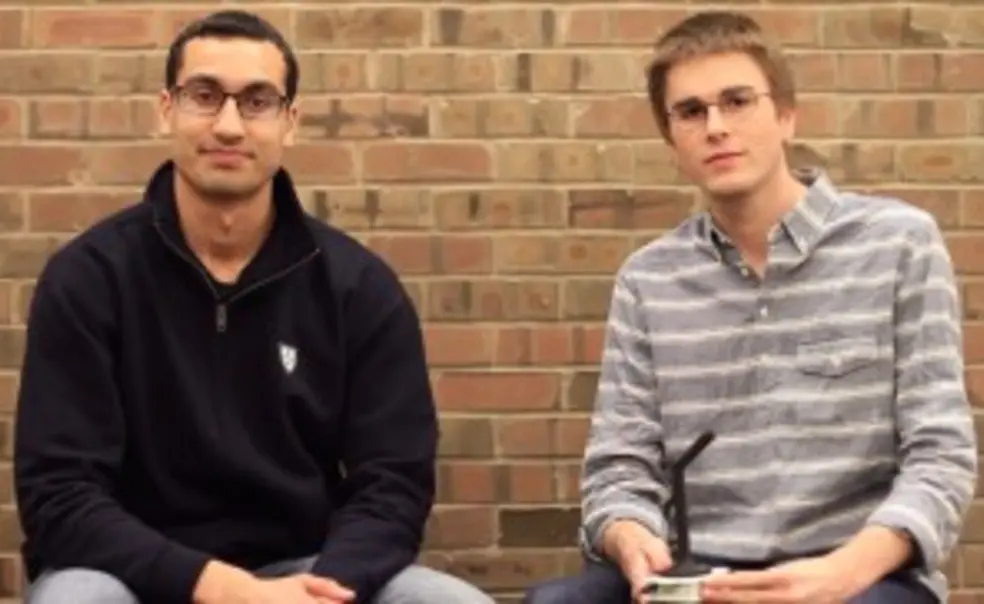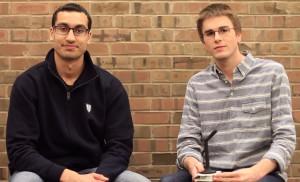Students’ Open-Source Tech Project Enables New Voice-Command Apps
[
For Shubhro Saha â15, the idea of developing an open-source platform for voice-controlled computer applications was born out of a simple desire: to have his house act like billionaire Tony Starkâs in the Iron Man films. âI was sitting around last June and I wanted to live like Tony Stark â I wanted the experience of sitting in a room and talking to my walls,â Saha said. Jasper, the platform that Saha created with fellow computer-science major Charlie Marsh â15, operates like a customizable Siri, allowing users to create their own voice-command tools. Its release earlier this month led to broad interest from programmers, as well as coverage from Forbes, Wired, and a number of niche technology sites. The idea grew from a collaboration last summer: After Saha built a prototype of his idea, he reached out to Marsh to see if heâd also be interested in working on Jasper. Saha first met Marsh when the two worked on a project for COS 333: Advanced Programming Techniques. When Saha video chatted with Marsh to demonstrate the prototype of Jasper, Marsh was âincredibly impressedâ with the progress Saha had made. âFrom there I was sold,â Marsh said. âI really wanted to be involved.â Despite working on opposite sides of the country (Saha spent his summer in New York, Marsh in Seattle), the two developed Jasper throughout the summer, video chatting daily and working on it a few hours a day on average. Since the two student programmers unveiled Jasper to the public, Saha said the response âhas been overwhelmingly positive.â One of the most exciting aspects of the projectâs popularity has been how people have found innovative applications of Jasper. âWeâve received numerous emails from people going in numerous directions, whether they want to integrate it into their house, put it into a factory, or help people who have disabilities interact with computers,â Saha said. The decision to make Jasperâs code âopen sourceâ means that the original source code of Jasper is freely available to the public and can be modified by other programmers. Compared to forming a company and selling Jasper as a product, Saha explained that âopen source allowed us to have tremendous impact very quickly and also to do it with the amount of time and effort that we had available during the summer.â Jasperâs popularity quickly spread beyond Americaâs borders. Marsh noted that several international programmers have emailed in with questions regarding the default language of English for Jasperâs first version. âI had a 16-year-old kid email me yesterday asking how he could get Jasper to work in French because heâs learning to program and he wants to program on Jasper,â Marsh said. âI think itâs a perfect example of a lot of developers getting really excited all around the world about using Jasper.â When not grappling with a full computer science course load or developing headline-worthy side projects, Marsh and Saha have another commitment â teaching âIntroduction to Hackingâ classes to other Princeton students. âBoth Charlie and I are very motivated by impact,â Saha said. âWe love to work on things that have a positive impact on others and one of the best ways to do that is through teaching. We both get very excited when we see other people building things and getting excited about what they build â itâs very fulfilling.â When asked if Jasper implementation will be covered in a future âHackingâ class, Marsh laughed. âNot as of now, probably not. But weâll see.â











No responses yet